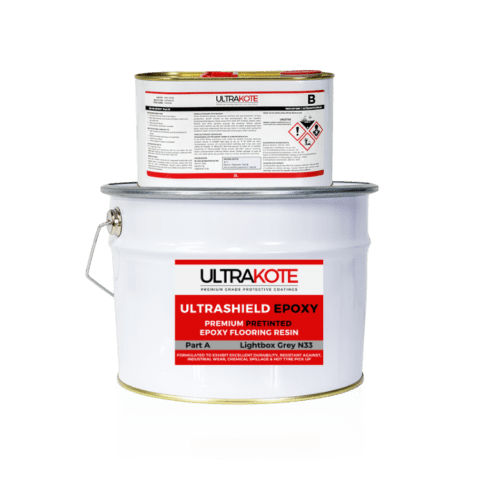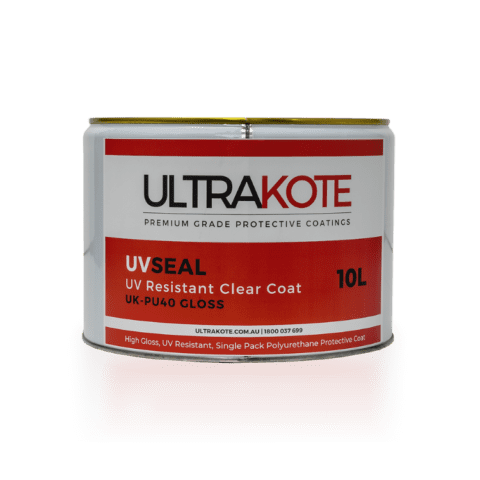METALLIC EPOXY FLOORING PRODUCTS
LIQUID METALLIC AND MARBLE EPOXY FLOOR COATING SYSTEM
Metallic epoxy floors are a type of flooring that uses a combination of epoxy resin and metallic pigments to create a unique, visually striking and showroom-like finish. The metallic epoxy coating system is applied in multiple layers and the metallic pigments are added to the metallic layer to create a glossy and reflective surface. Metallic epoxy flooring is often used in garages, inside homes as well as commercial and industrial settings.
Liquid Epoxy Marble Effect finishes are a type of decorative finish that combines the look of natural marble with the durability of epoxy floors. It is created by mixing a blend of pigments, fillers, and epoxy resin. This mixture is then applied over a surface and shaped, with the final effect being that of a natural marble looking surface. The final finish depends on the artist’s taste, skill level and quality product used. Liquid Epoxy Marble Flooring is a very durable surface as it is chemical resistant, easy to clean, and can be used in commercial and residential areas; such as bathrooms, kitchens (including countertops) and other high-traffic areas as well.
Here are some benefits of Metallic Epoxy Floors:
Durability
Epoxy is a strong and resilient material that can withstand heavy foot traffic and other forms of wear and tear. Metallic epoxy flooring is particularly well-suited for use in residential, commercial and industrial environments.
Easy to clean
Metallic epoxy flooring is easy to clean and maintain, which makes it a great option for high-traffic areas, and will not harbour bacteria.
Reflective
Metallic pigments that are used in creating the epoxy flooring finish gives it a glossy, reflective surface that can make a room appear brighter and larger.
Aesthetically pleasing
The metallic pigments create a unique and visually striking finish that can add depth and dimension to a room, making it a popular choice for decorating living spaces and commercial spaces.
Variety of colours
It can be customized to match any colour scheme, making it versatile and can be used to create different designs and patterns.
Low maintenance
Once installed, it requires very little maintenance.
Cost-effective
It can be less expensive than natural stone flooring
Our tailor made packages and products are available to suit your project needs. For further information on preparation, application and colours available, scroll down beyond the products.
Showing all 6 results
Steps to achieving a successful Industrial Epoxy Flooring System
- Prepare the substrate thoroughly by diamond grinding or acid etching
To achieve a successful floor coating system make sure your surface is free of dust, oil/grease, any loose particles or paint and moisture. If your floor is subject to rising dampness, you would need to apply a moisture barrier primer prior to applying your base coat. | more info - Repair cracks and imperfections using two-pack epoxy fillers
Fill in all your cracks using a 2-pack epoxy filler, such as Sikadur 31 CFN. For larger cracks and spalls, use Sydney Industrial Coatings’ Epoxy Coving and Repair Kit. The patching mortar will need to be fully cured before it can be grinded or coated and this process usually takes a minimum of 6 – 8 hours. - Apply epoxy primer to the floor and allow the coating to cure
General curing time (at 20°C) is a minimum of 8 hours. This can vary further if solvent has been added to the epoxy. - Return within 24 hours of applying the primer to remove rubbish and imperfections (by grinding down high sections and patching any low sections)
This is an important step for if the coating is left uneven, this will show though your final coat. If this step if not completed within 30 – 36 hours (depending on temperature) of applying the previous coat, the floor will need to be scratched using an 80 grit sand paper.
NOTE: The floor must be completely even and free from ANY imperfections before proceeding to the next step. - Apply an even coat of the coloured epoxy, by rolling the product from wall to wall, and allow to cure
General curing time (at 20°C) is minimum 8 hours. It is always recommended to back roll the product against the natural light to assist with achieving a more uniform finish. Wearing spike shoes to walk over the epoxy can help ensure the product is applied evenly, however you must apply safety practices and be cautious of injury. - Return to begin your Metallic or Marble coat
Mixing and application will be the same as above however with a 100% solids, self-level product!
Metallic Epoxy Floor: Into Part A of the clear epoxy you will add the metallic pigment of choice and power mix until the powder has dissolved completely – You can mix your metallic pigment in the part a the night before to help with the saturation and mix of the powder. Once the pigment have dissolved, add your Part B, power mix for 2 minutes and apply to the floor to swirl or squeegee for the effect desired.
Liquid Epoxy Marble: Into Part A mix a solid colour pigment as you would for your base coat. Make sure you do the same for the second batch which will be the secondary colour of your choosing. The size of the second batch will depend on preference and part B should only be mixed when ready to apply straight to the floor.
NOTE: It is always best to have one person complete the mixing and pouring the another to actually completed and move/swirl the design. - Return the next day and apply one to two clear top coats to achieve optimum results when sealing the floor coating system
General curing time (at 20°C) is minimum 8 hours for each coat of clear. Depending on the top coat being used, ensure correct amount of product is applied to the floor | If the floor is subject to heavy solvent, fuel or chemical spillage consider applying a two-pack clear top coat instead of a single pack.
FREQUENTLY ASKED QUESTION
What are the different epoxy flooring types?
Epoxy flooring comes in various types, including self-levelling epoxy, which creates a smooth and seamless surface; epoxy mortar systems, ideal for heavy-duty industrial settings; and decorative epoxy, incorporating colours and patterns for aesthetic appeal. We offer a few different styles in our range of epoxy systems, including:
- Solid colour
- Flake epoxy
- Metalic
How do I maintain epoxy flooring?
Maintaining epoxy flooring requires several key practices, including regular mopping with a mild detergent, cleaning up spills to prevent stains, reapplying a topcoat every few years and avoiding hard chemicals and cleaners in general.
How much epoxy flooring cost?
The cost for epoxy flooring systems will vary, depending on the system you choose. Please have a look at our individual epoxy flooring systems or enquire for pricing.

Click here to view our Metallic Epoxy Floor Coating PDF Brochure










